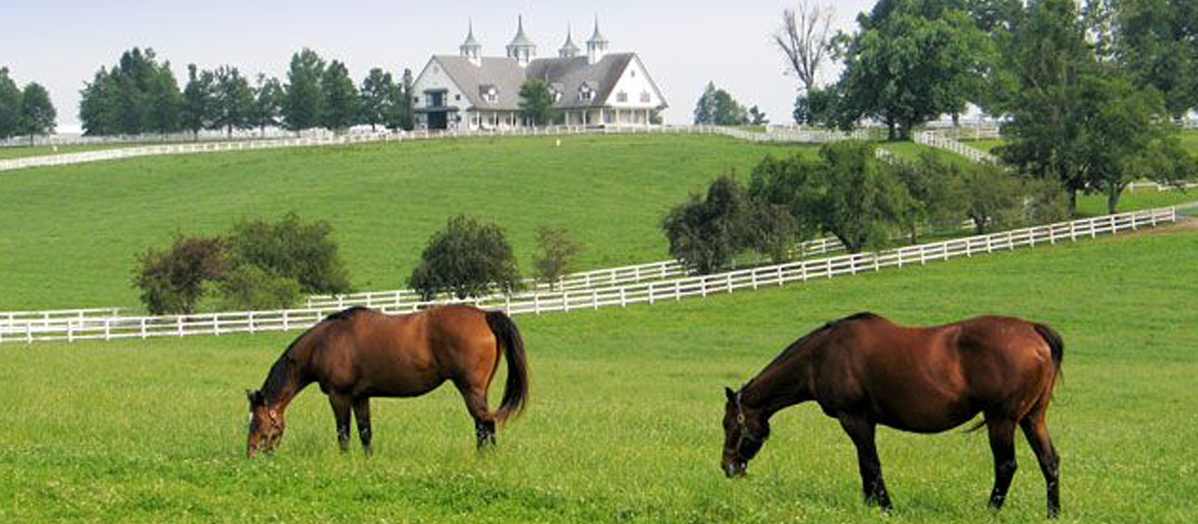365
Days in Horse Country – Mules

One of the most often asked questions by non-horsey people
is “What’s the difference between a horse and a mule?” The mule is closely related to a horse; it’s
actually the offspring of a horse and donkey.
Technically, the animal is a mule if the mother is a horse and the
father is a donkey. If it’s the other way
around, the animal is a hinny. Both are
called mules to keep it simple. Hinnies
tend to be smaller because their dams are smaller.
Female mules are called mollies and male mules are called johns. Mules are sterile, although is extremely rare cases, some mollies have given birth to foals. No johns have ever been shown to reproduce. This sterility is the result of an uneven number of chromosomes, which is what you get when you cross two animals of different but related species.
Mules are famous for their hardiness. They can carry heavier loads than horses and tend to stay sound longer. In the days of the Old West, mules were used to do a lot of the work that was considered too strenuous for horses to do, such as pull heavy wagons through the desert or carry trappers deep into the uncharted wilderness.
Mules come in all horse colours and in different heights, measuring anywhere from 11 hands (miniature mules) to 17 hands. Mules are shown in nearly every discipline, including dressage, Western, jumping, and gymkhana. They make great trail mounts too, especially in rugged country.
Michael







